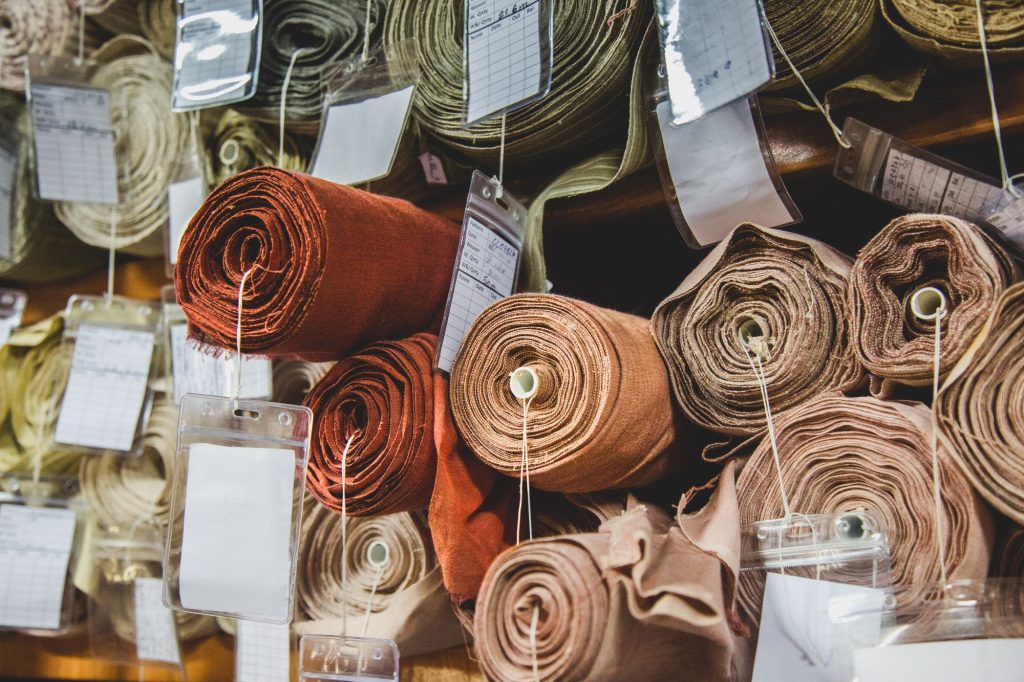
Choosing sustainable fabrics will help reduce your ecological footprint. Natural options like organic cotton, which requires less water and fewer pesticides than conventional cotton, and organic linen have excellent sustainability ratings.
Another natural option is made from eucalyptus pulp. It also uses a closed-loop system, meaning that your clothes can be recycled again.
Bamboo
Bamboo is a fast-growing, renewable natural resource that grows without pesticides or fertilizers. The wood can be used for everything from pipes to walking sticks, but it also makes a soft, lightweight, and absorbent fabric popular in sustainable clothing. The best bamboo fabrics come from trees that are sourced responsibly and can be processed into textiles in an eco-friendly way.
The most common bamboo-based textile is rayon, often called “bamboo viscose.” However, the process of creating bamboo rayon uses harmful chemicals and deforests ancient forests, and it’s essential to be careful about how much of the product contains actual bamboo.
The most sustainable bamboo options are cellulose-based fibers with a closed-loop production cycle. This semi-synthetic is made from plant cellulose, but unlike conventional viscose, it’s produced in a closed-loop system that recycles all chemicals and water to prevent waste. Another good option is a mechanically processed bamboo fiber, called bamboo linen or bast fiber, with a similar feel to hemp and flax linen. This is less common, but it’s worth seeking out if you want to avoid bamboo rayon.
Regenerated
As sustainable living becomes a more prevalent lifestyle, it’s becoming increasingly crucial for brands to embrace greener solutions. One easy way to do this is by switching to a sustainable fabric alternative. The right choice will reduce the waste a company creates while helping save on energy and resources.
The best option for a sustainable fabric is naturally sourced and certified. Look for certifications like GOTS and fair trade to ensure farmers are paid well while working in safe conditions. Organic cotton is a great choice, too, as it’s grown without pesticides or chemicals.
Synthetics such as polyester, nylon, and acrylic can also be sustainable. However, they require a lot of oil, and many have poor end-of-life prospects, leading to vast amounts of textile waste. Fortunately, there are several alternatives to these synthetic fabrics, including regenerated nylon. The regenerated nylon version recycles plastic and waste fabric into new nylon fibers. This is a closed-loop system that reduces water use and reduces carbon emissions.
Finding the most sustainable fabric can be difficult. A simple way to assess a fabric’s sustainability is to look at its score on the Fibers. This considers a range of criteria, including greenhouse gas emissions, human and ecological toxicity, and energy and land use.
Biodegradable
With the desire for sustainable living at an all-time high, people are finding ways to live more sustainably in many different areas. But the most significant way they can help save our planet is by switching to sustainable fabric. The most sustainable materials have minimal damage throughout their entire lifecycle of creation and eventual disposal.
Some eco-friendly fabrics are made from natural materials, such as organic cotton or hemp. They may also blend natural and synthetic fibers better than the more damaging purely synthetic fabrics. However, they should still be organic or recycled to limit environmental impact.
Another great option is the biodegradable leather fabric, created from fermented coffee grounds and used to make shoes and wallets. This eco-friendly material doesn’t involve animal agriculture, uses zero heavy metals or other tanning chemicals, and is far less expensive than genuine leather.
Another great option is a new fabric made from discarded pineapple leaves. This vegan alternative to leather is a completely renewable resource, requires less water than cotton and other synthetic materials, can be dyed using natural plant extracts, and has the bonus of smelling like a delicious cup of tea!
Recycled
Many brands sell clothes made from bamboo because they are soft, temperature-controlling, and breathable natural fiber. However, bamboo fabric is often produced via the conventional viscose rayon process, which requires many chemicals. These harm manufacturing workers and can affect you as a clothing wearer. Fortunately, another type of bamboo fabric called ‘bamboo linen’ or ‘bamboo lyocell’ is manufactured mechanically without harsh chemicals. Look for this brand label when shopping.
This fabric is made from compressed cellulose and is pushed through a spinneret to create strands. The strands are then spun into yarn and woven into cloth. This fabric is a great sustainable alternative to synthetic fabrics like polyester. Its production process uses less water than cotton and has a lower carbon footprint.
Recycled wool is another great sustainable choice. It diverts used wool garments from landfills and saves the resources for sheep grazing. It also reduces air, soil, and water pollution. Look for certifications such as Global Recycled Standard (GRS) when shopping. Recycled nylon is also a great option since it reduces waste and the need for petroleum-based plastics. It also uses less energy and water than virgin nylon.
